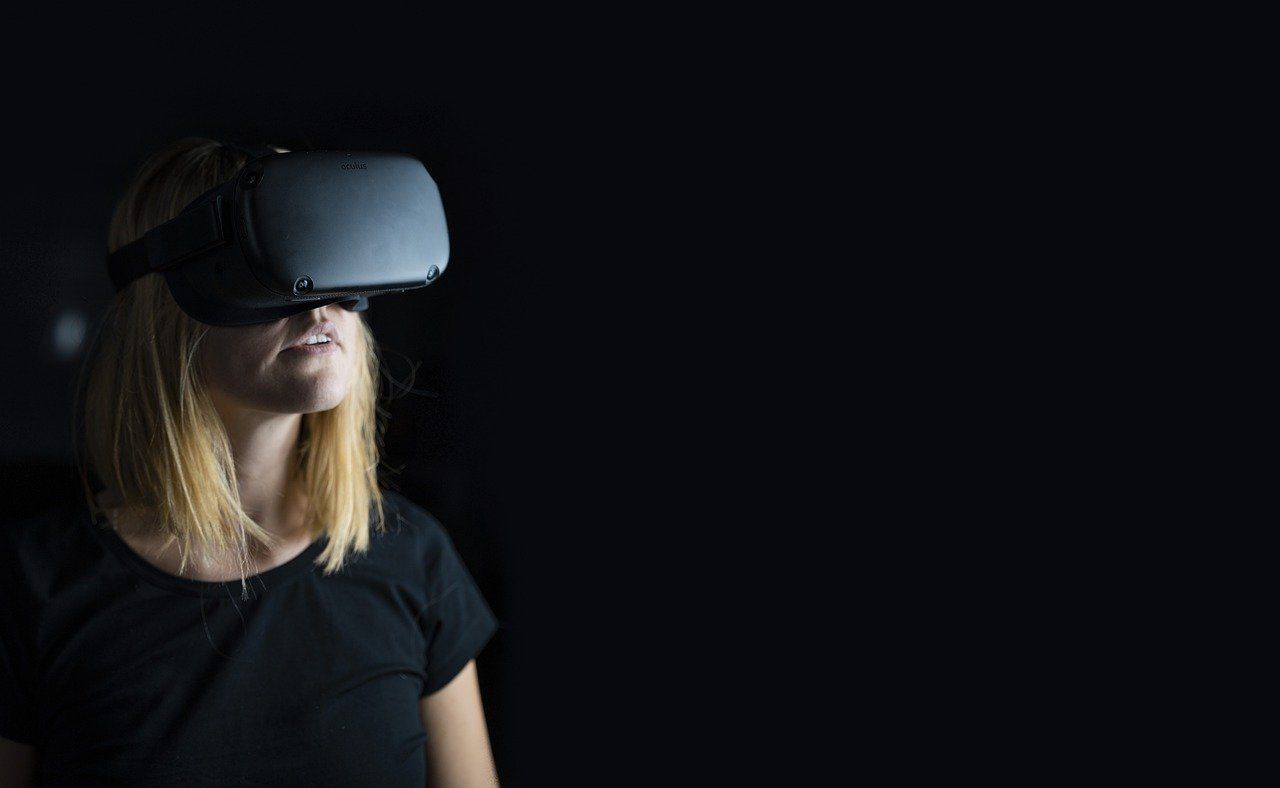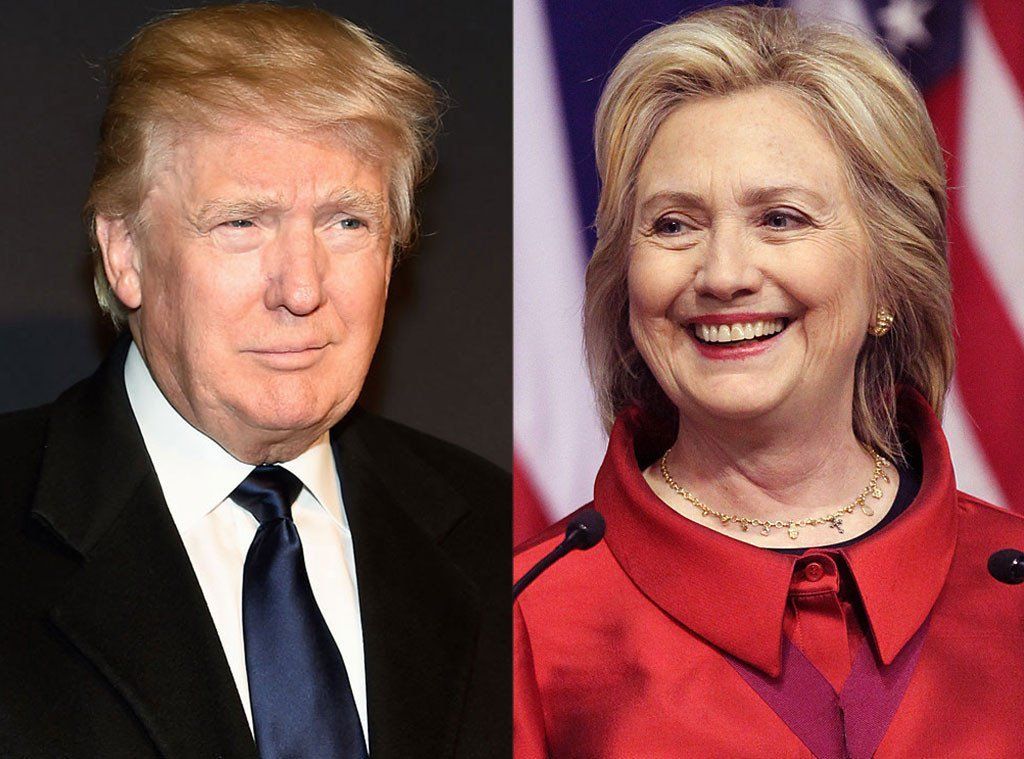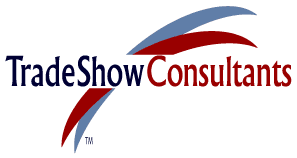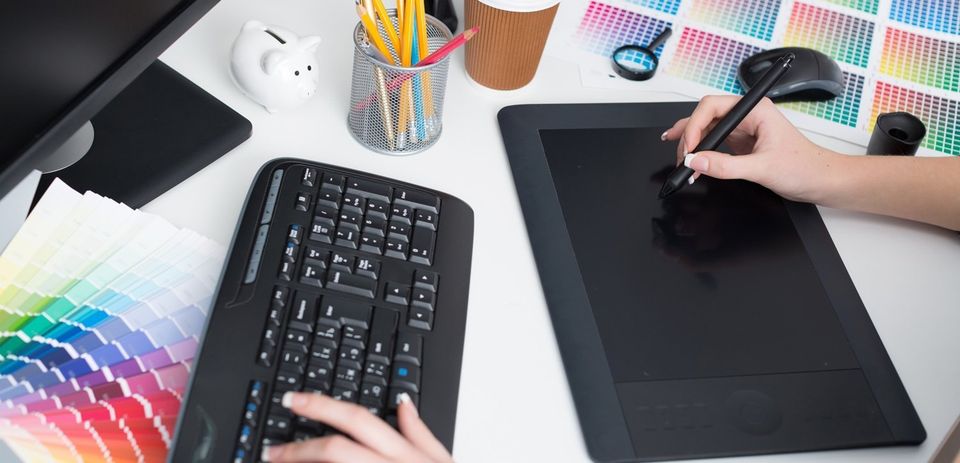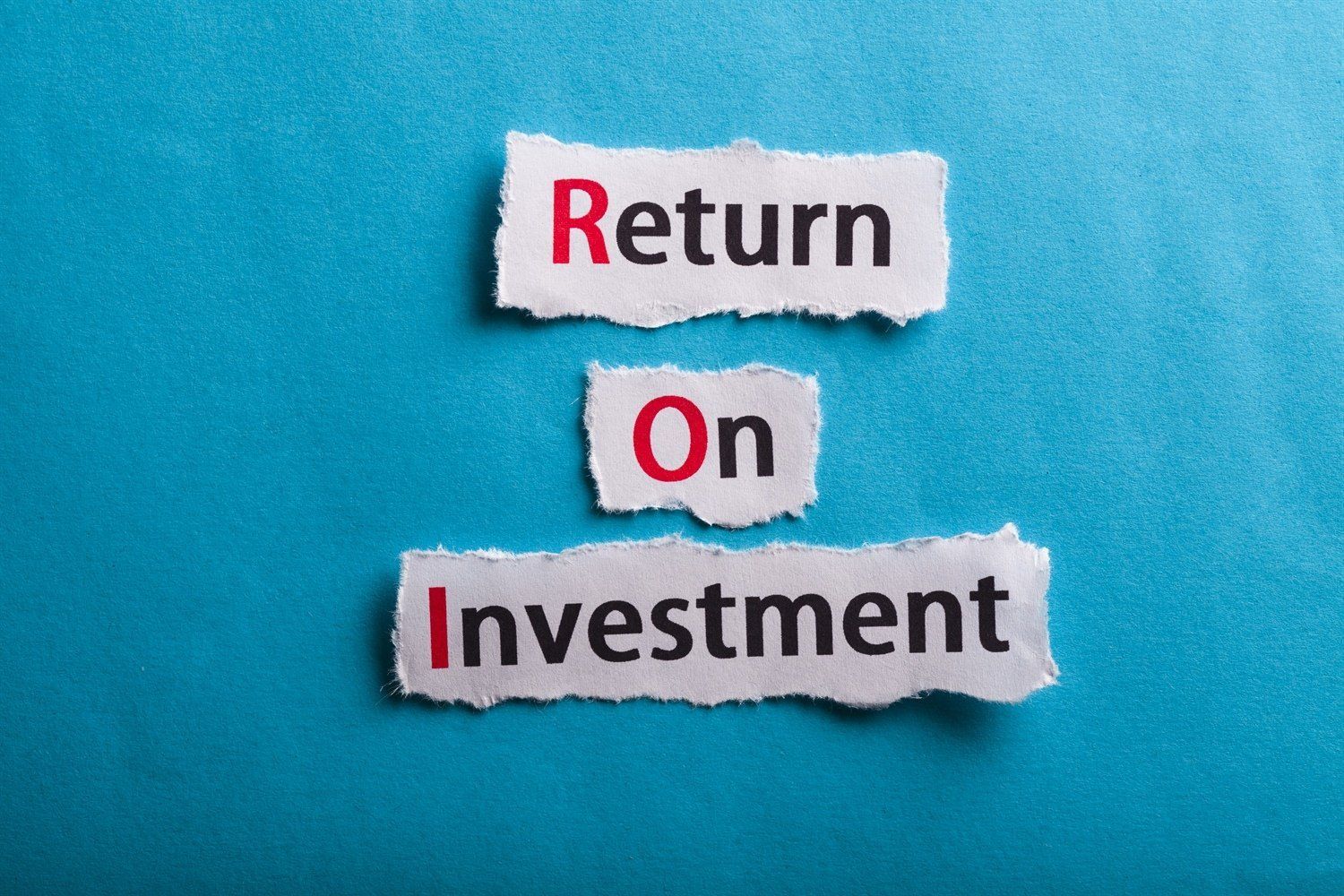Developing a New Exhibit, Design Strategy
Situational Analysis
Your company, which is located in any town USA, plans to exhibit at its most important annual trade show that this year that is being staged at Chicago’s McCormick Place. You have reserved a 20’x 30’ booth space and you now have less than six months to get a new custom exhibit built for the show. The general average exhibit construction budget has been estimated and it’s time for you to go out and begin the process of negotiating the purchase a new custom cubic content exhibit to debut at your company’s newest products at the most important trade show of the year.
Typical Strategy
- Contact a few (2 or 3) local exhibit builders; ask each to come in to your office to make individual capability presentations. These presentations will consist of their corporate philosophy, samples of their work and any case histories they have showing how they solved other client’s exhibiting goals and objectives.
- Before leaving, each will provide you with a list of references you’ll want to call and ask among other questions, if they would again do business with this particular exhibit builder in the future.
Typical Tactics
- You’ve contacted all the references and selected only two exhibit builders you and your management feel will do the best job.
- Creative input sessions begin outlining what your company wants, needs and expects, and the exhibit builders begins the design process which they often say is included in their service.
- A few weeks later both exhibit builders come back with design concepts and rough construction estimates and schedule for you to consider. Builder #2 is selected and the project officially begins by asking your purchasing people to issue a purchase order covering all the specific details and production schedule.
- The production schedule leaves ample time to construct the exhibit, preview it, pack it in its shipping cases and transport it to Chicago’s McCormick Place in enough time to make the first day of straight time installation.
Typical Cost Analysis
- The cost of the exhibit design and construction.
- Shipping cases if the exhibit is being shipped over the road common carrier to Chicago which will have to go into drayage since it’s difficult to pinpoint exactly when the truck will arrive in Chicago and be allowed to unload at McCormick Place.
- No shipping cases are needed if the exhibit is to be blanket or paper wrapped and loaded into a van and delivered direct to McCormick Place the morning of setup.
- Labor to receive the exhibit and deliver it to your booth.
- Labor to unpack and install the exhibit.
- Labor to dismantle the exhibit at show close and either repack it into shipping cases or load it into the van for the ride back to your offices for storage.
Non-Typical Strategy
Your new exhibit will have to be designed and detailed first before anything can be constructed. Just like building a new house, it’s the architect that is first hired to gather all your input who will then provide you with designs and detailed construction plans for your approval before a nail is pounded or a piece of lumber purchased.
Non-Typical Tactics
- In addition to looking for exhibit builders to design and construct your new exhibit, you also find an exhibit design only firm capable of designing an exhibit based on your specific requirements in the very same fashion an architect designs and details a new house.
- The exhibit designer, for a quoted fee, will gather all your information, develop sketches and various treatments and narrow your ideas to the point where he/she will be able to fine tune a design that is both acceptable and within budget.
- Once the exhibit design is completed and approved, you now have a vehicle that virtually any qualified exhibit builder in the country could use to develop a construction quote and time table to successfully complete the work.
- Since your show is in Chicago, you’ll want 2 or 3 capable exhibit builders there to also bid on the construction and while their at it, also give you a bid on transporting the exhibit from their shop to McCormick place, setting it up, dismantling it after the show and returning it to their shop for temporary storage.
Non-Typical Cost Analysis
- With your new exhibit being built in Chicago you’ll save on shipping to and from your local area which in itself would more than likely pay for your exhibit designer’s charges and expenses.
- Your local Chicago based exhibit builder should enjoy excellent working relationships with the various unions which will save you time, money and problems.
- Having the same labor setting up and dismantling your new exhibit by those who build it will save you time, money and problems.
- Having the local exhibit builder’s foreman on site for any additional services will eliminate any problems you would experience if the new exhibit was built somewhere other than Chicago.
- The local exhibit builder should be asked to deduct in their construction bid any sales commissions or design fees from your exhibit since it was sent directly to their estimating department and did not go through their sales or design departments.
- After the Chicago show, your exhibit could be stored in the Chicago exhibit builder’s facility until your next show at which time they could get it out, touch it up and get it on its way.
In the early 1970s, Mr. Bill McCann, Founder of Exhibit Design, Inc. was one of the pioneers in the concept of designing exhibits to meet his client’s needs first and than sending it out for construction bids in the city where the first show was held. The idea is still as practical and smart in today’s competitive business environment as it was then. This time proven system is done all the time in the commercial and residential building industry. So when you consider the cost savings associated with shipping, labor and the elimination of at show problems during installation and dismantling, it’s easy to see why more and more exhibitors are considering designing first.
I had the privilege of working with the late Bill McCann at Exhibit Design, Inc. in San Francisco as his Vice President of Sales and Marketing and experienced first hand how many of our clients saved time, money and eliminated many problems by designing their new exhibit first and then going out to bid in the trade show’s city for construction, transportation to and from the show plus the qualified labor required for installation, dismantling and emergency show services.
Conclusion
In many cases, multiple bids on exhibit construction from designs provided by your custom exhibit designer will vary as much as 50-75% depending on how busy an exhibit builder is, other exhibits they have going into the same show or how interested they are in adding a new account to their roster. Exhibiting in major US cities like Chicago, New York, Las Vegas, and Anaheim is challenging enough without adding the extra complexities and potential problems of shipping in a brand new exhibit built by an outside organization with little big trade show city experience. In most cases, the results will cost you time, money and add to the frustrations trade shows have a way of delivering.



